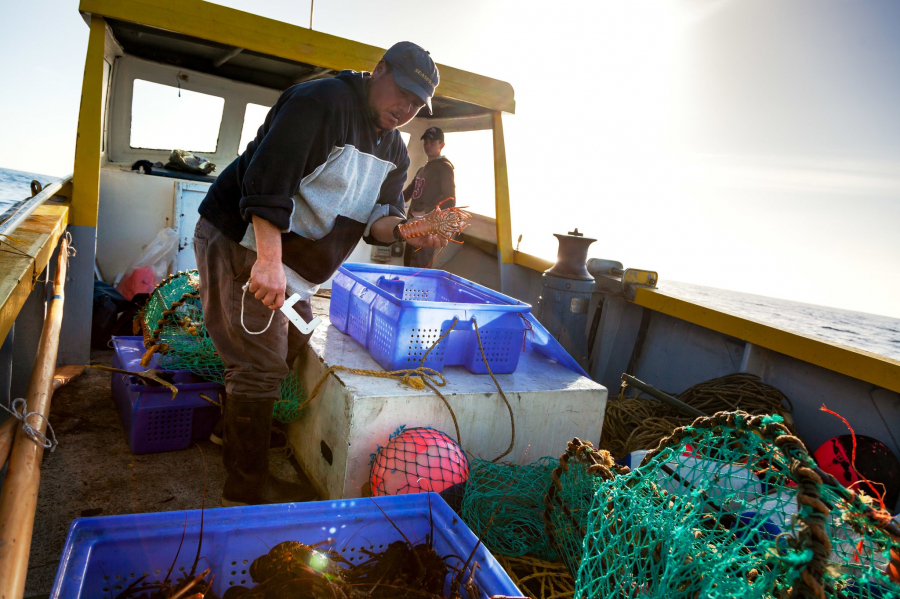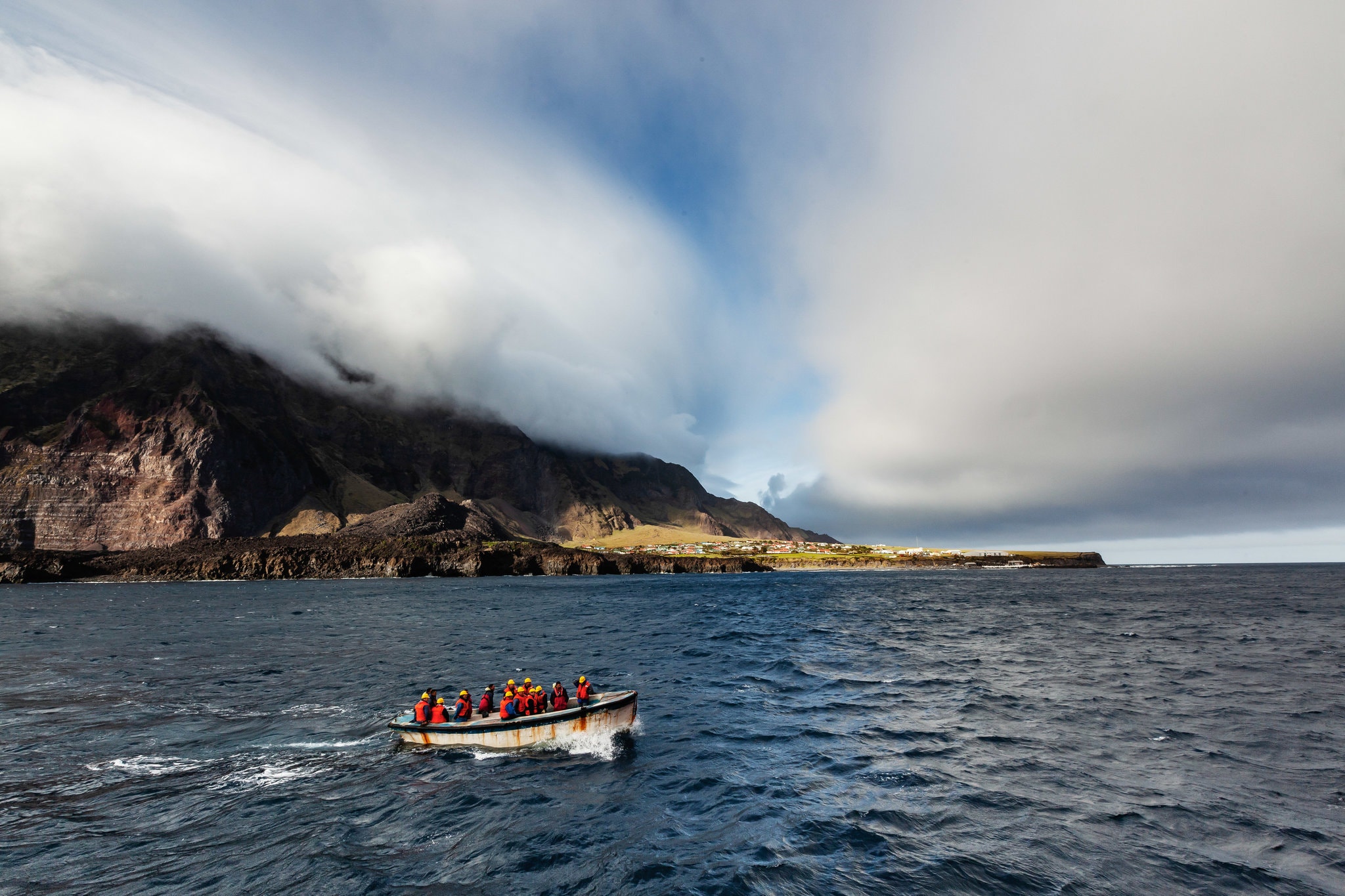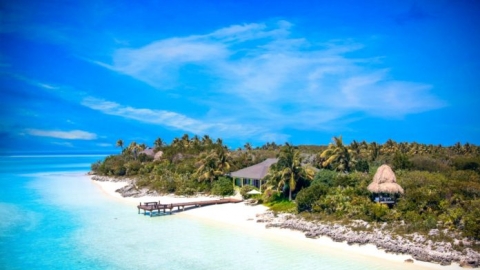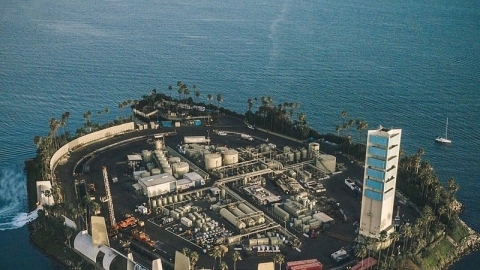The Covid-19 pandemic has restricted travel worldwide, giving rise to virtual travel. Travel enthusiasts can only stay at home to satisfy their travel cravings through films, photo albums or articles about destinations around the world. However, even during the time when travel is not restricted, getting to Tristan da Cunha (abbreviated as Tristan) - the main island of the archipelago of the same name - is not easy because the island is very remote. There is no airport on the island, so visitors can only get there after a long journey at sea. Therefore, not many people can come to Tristan. Before you have the opportunity to make this journey, you can explore the island and island life through the photo series of photographer Andy Isaacson that we introduce below.

Tristan is one of the world’s most remote inhabited islands, with a population of around 250 British nationals. Their ancestors – Scottish soldiers, Dutch sailors, Italian soldiers and an American fisherman – first arrived around 200 years ago. Discovered in 1506 by Portuguese explorer Tristão da Cunha, the British placed a garrison on the island in 1816 to ensure it would not be used as a base to rescue Napoleon, then imprisoned on St. Helena. In 1817, the garrison was removed, but a corporal named William Glass and his associates remained. They brought their families from Cape Colony (in present-day South Africa), built houses and boats from salvaged timber and drafted a constitution for a new community based on equality and cooperation.
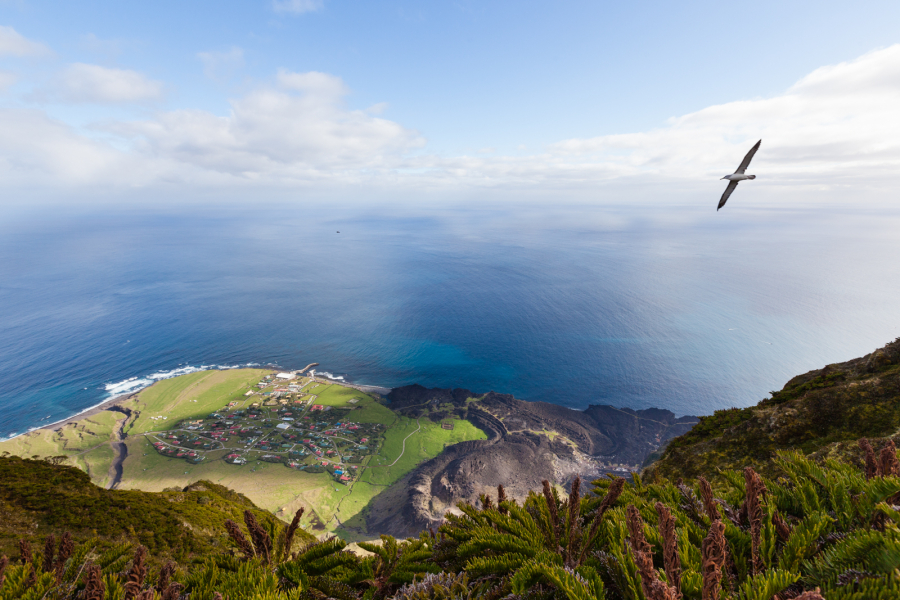
At first glance, the island – a volcanic cone more than 2,000m high – appears like a lonely iceberg drifting above the surface of the sea. But, incredibly, beneath the towering slopes of this still-active volcano lies a small town of red and blue tin-roofed houses built on a narrow meadow overlooking the ocean called Edinburgh of the Seven Seas, but known to its residents as The Settlement.
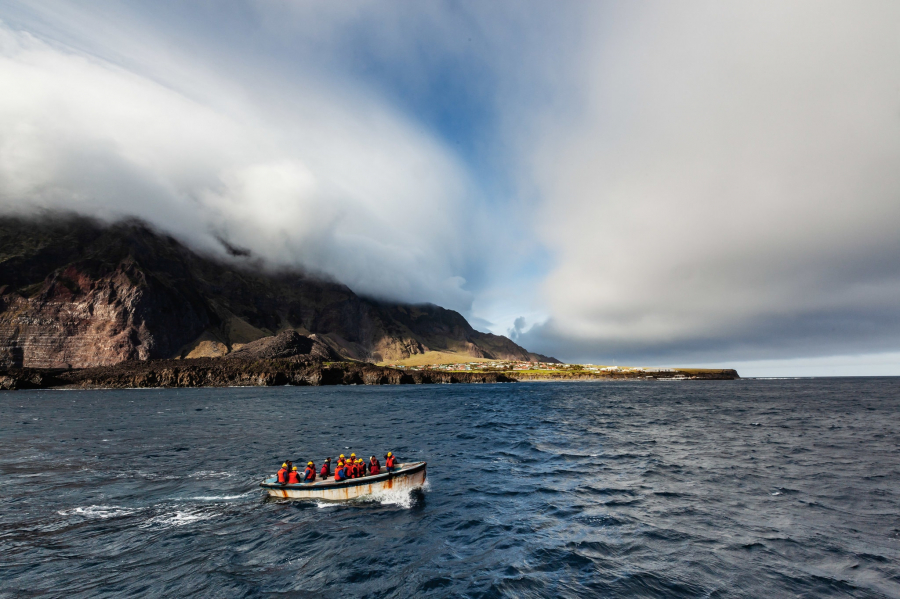
People leave the island to pick up supplies from a ship anchored offshore. Tristan's harbor is too shallow for oceangoing ships to dock.
Over the years, the island’s population has grown, but today’s residents are all related, belonging to seven families: Glass, Swain, Hagen, Green, Repetto, Lavarello and Rogers. The sense of community that remained on the island during its years of near-total isolation still exists.

When the seas are calm, a bell rings in the town at dawn and the men go out lobster fishing. At the end of the day, the lobsters are brought back to the processing plant for the women to process.
The Tristans make a living by farming and trading with the world, under the leadership of Chief Conrad Glass, then Chief. The island’s remoteness keeps them in complete control of island life. Even the Covid-19 pandemic or the bombs of war have not reached them. The locals feel these events are distant and irrelevant, their lives revolve around marking sheep or potato yields.

Historically, Tristan's people relied on potatoes for food security during their long periods of isolation. Potato farming is still considered an important annual task.
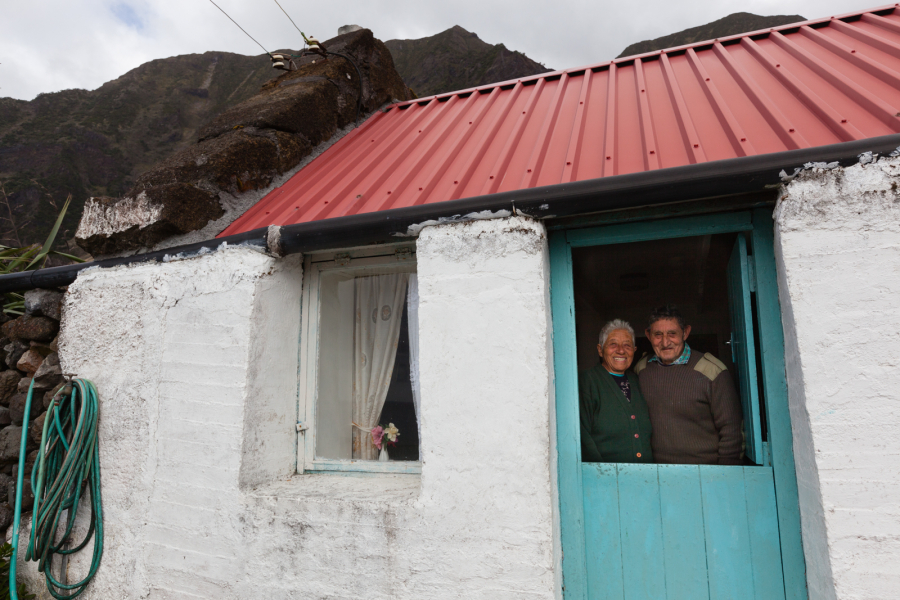

Livestock farming is the most common occupation on the island. Some animals raised for meat and milk are cows, sheep, chickens, and geese. Sheep wool is used to make wool. There is a wool factory on the island, performing carding and spinning by hand. Lobsters here are considered to be beautiful and delicious, and are the main export and source of income for the islanders. In addition to exploitation, people combine conservation to maintain a sustainable profession. In addition, they also make money by selling rare postage stamps on the island to collectors around the world.
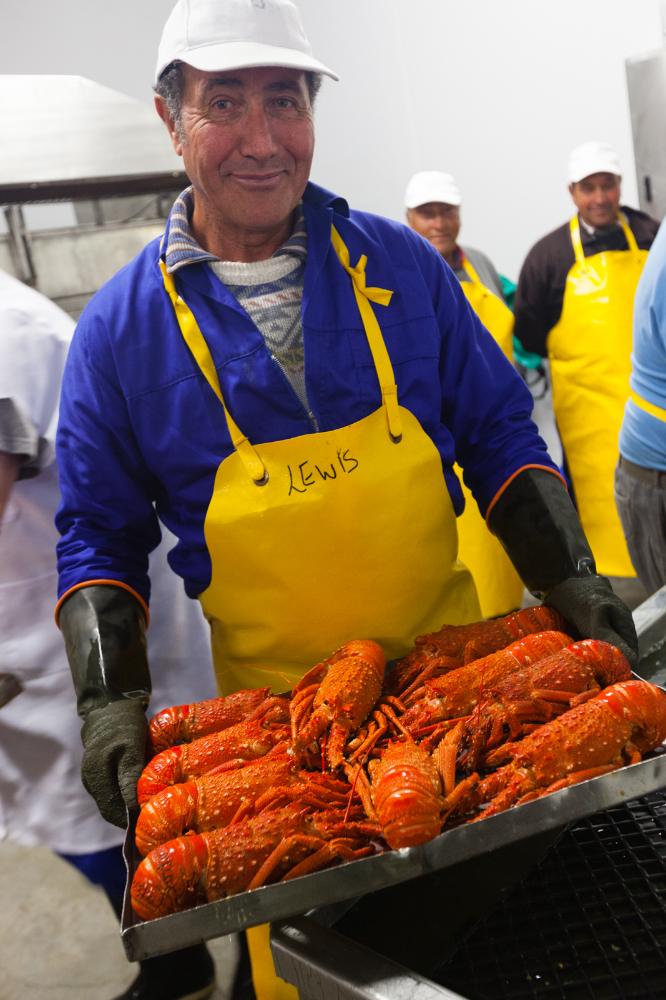
Lobsters, also known as Tristan rock lobsters (Jasus tristan) – sold in hotels as far afield as Las Vegas and China – are abundant around the Tristan archipelago and are a mainstay of the island's economy.

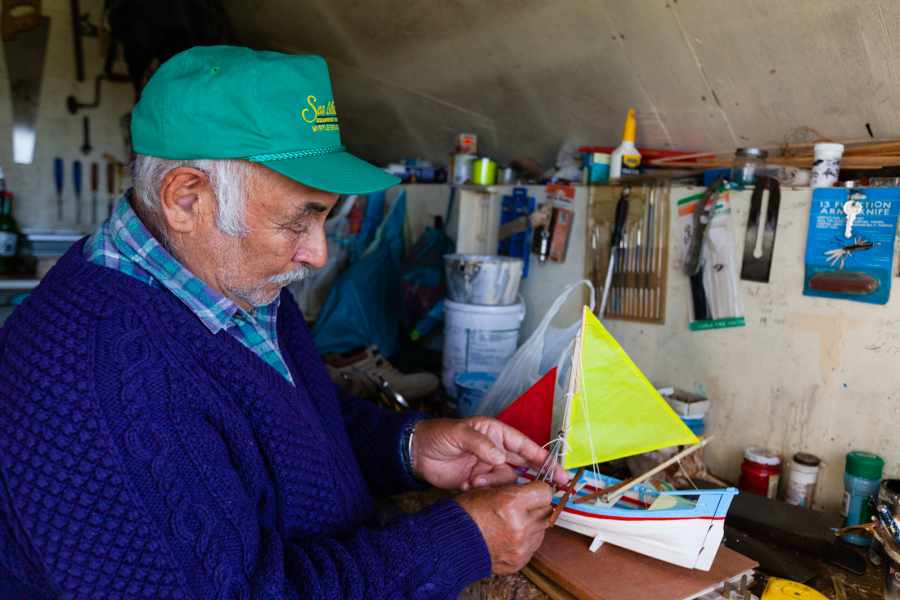
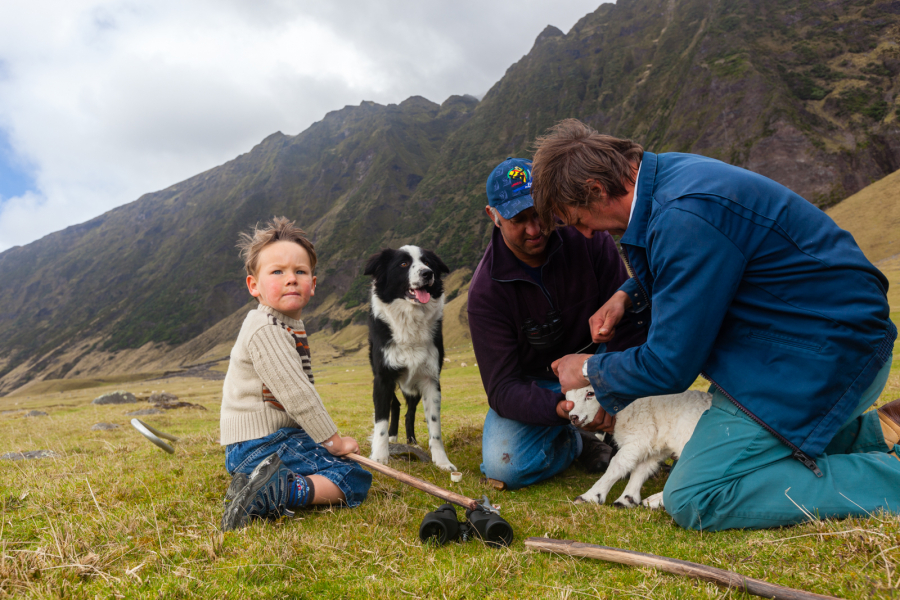
To mark the start of summer (mid-December), the entire island gathers for a sheep shearing ceremony. Both children and the elderly participate in farming, with only those of working age allowed to work for pay. The number of livestock is also strictly controlled. Each family is allowed to keep only two cows to preserve the grasslands, to avoid accumulation of personal wealth, and to prevent wealth disparities between families. No outsider can buy or sell land here unless the whole village agrees to put it up for sale.
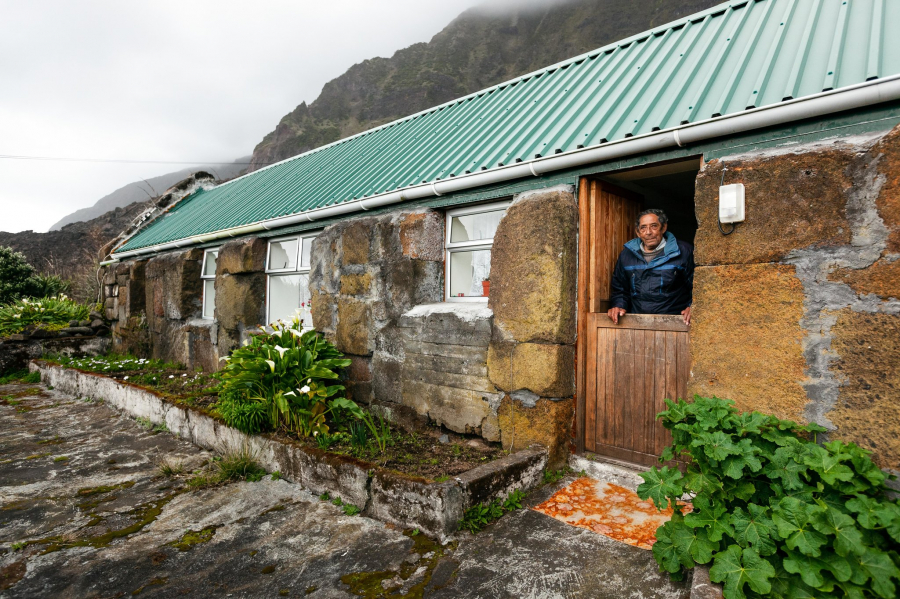
A traditional Tristan house, using soft volcanic rock from a local quarry as a building material to protect against New Zealand's cold and wind. This style of house has been in Tristan since the 19th century.
With a humid, temperate climate and an average of 15-17 days of rainfall a month, the island is home to a variety of flora and fauna found nowhere else in the world, such as elephant seals and yellow-nosed albatrosses. Several species of seabirds live on the island, which also provide meat and eggs for the inhabitants.
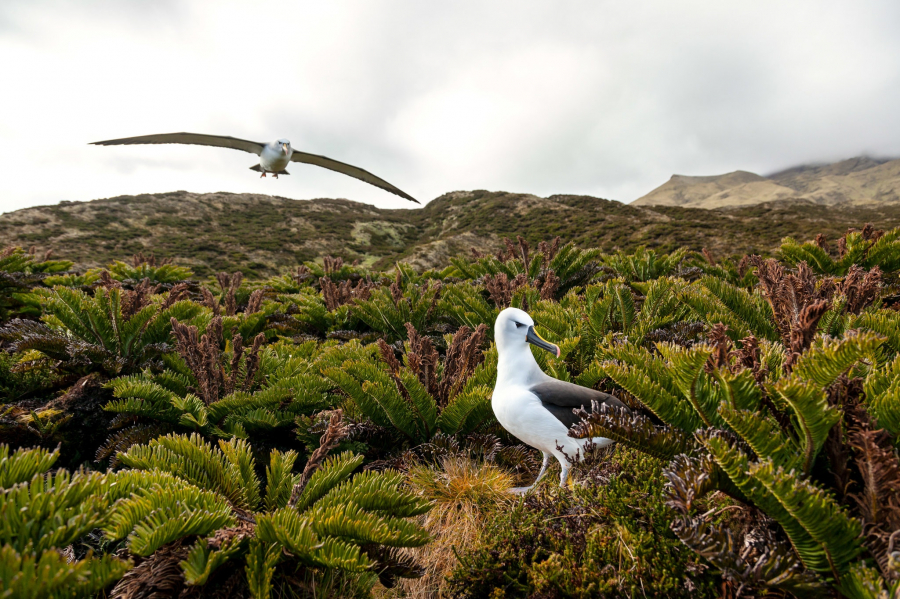
Atlantic yellow-nosed albatrosses breed in abundance on the island of Tristan.
There are no formal tourist activities on the island. However, many people come to experience the remote life. Visitors can go hiking, see animals such as penguins on nearby uninhabited islands or chat with and learn about the lives of the locals. To get to the island, visitors need to register on the local website. There are no hotels on the island, visitors stay in self-catering or homestays. The British pound is the only currency in circulation here.
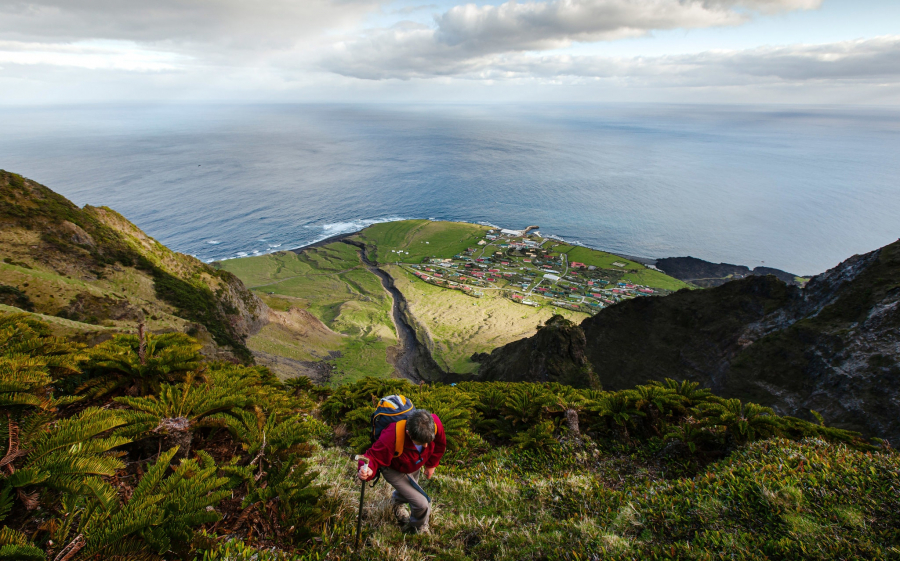
Hiking here is a great experience for those who love wild nature.
For visitors, Tristan has very little to offer. A tourism brochure lists activities on the island as: golf (a challenging experience with obstacles such as chicken coops and hurricane-force winds) and a full-day hike to the summit of Queen Mary volcano (also the island's highest point), which is often hidden in clouds.
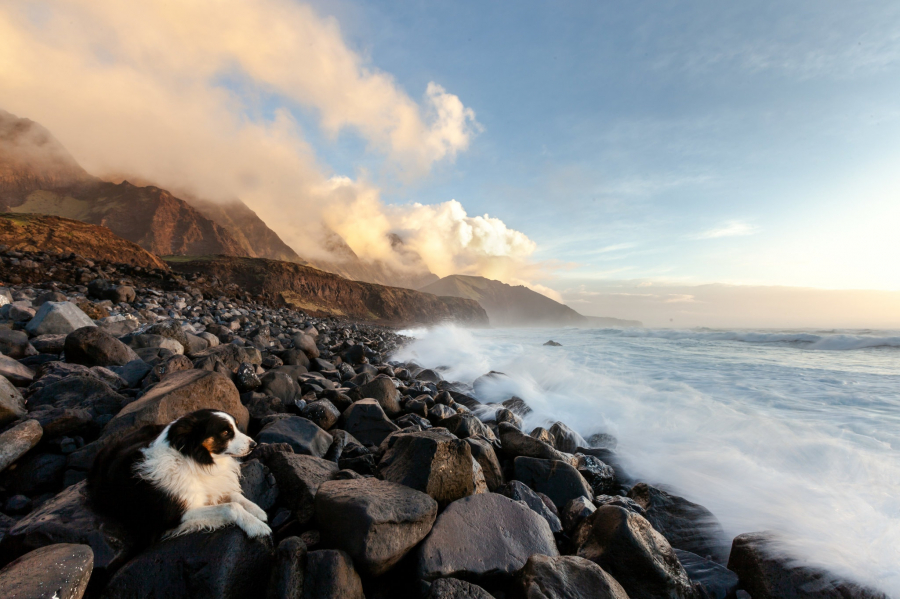
The sheepdogs also assisted the men when they competed in Raving Day, an annual tradition held to ward off rats from destroying potato fields.
Every Saturday, the entertainment center, Prince Philip Hall, comes alive with dancing, while the Albatross—the world’s most remote pub, of course—is a draw for out-of-towners and a few local lads who come to drink and win the crowds by boasting about the number of penguin eggs they’ve collected. There’s internet, a grocery store, a cafe, a hospital with X-rays, an operating room, and dental care. Patients needing more intensive treatment are flown back to South Africa or England. Supplies for the island need to be ordered a month in advance and shipped here from a small port. Cruise ship visitors, meanwhile, have to wait for the right time to dock.
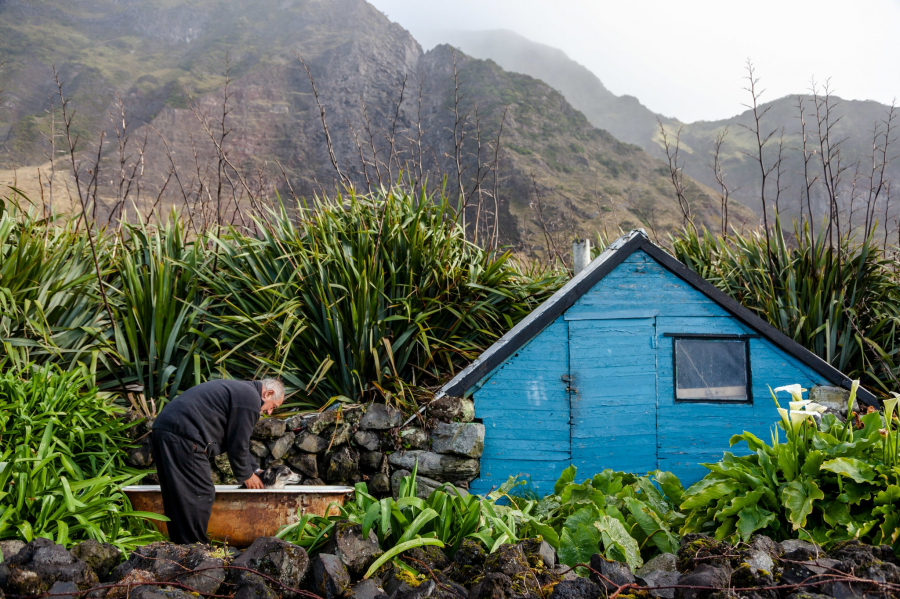
A local man bathes his sheepdog.
